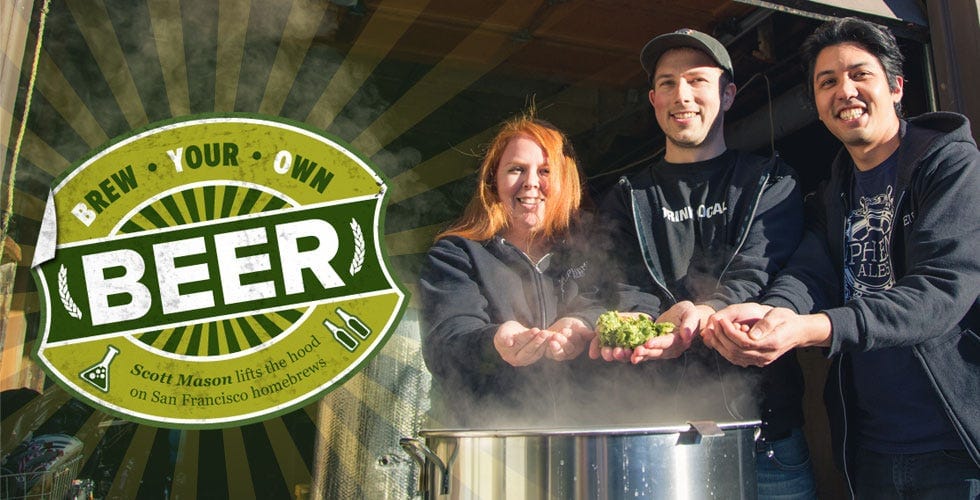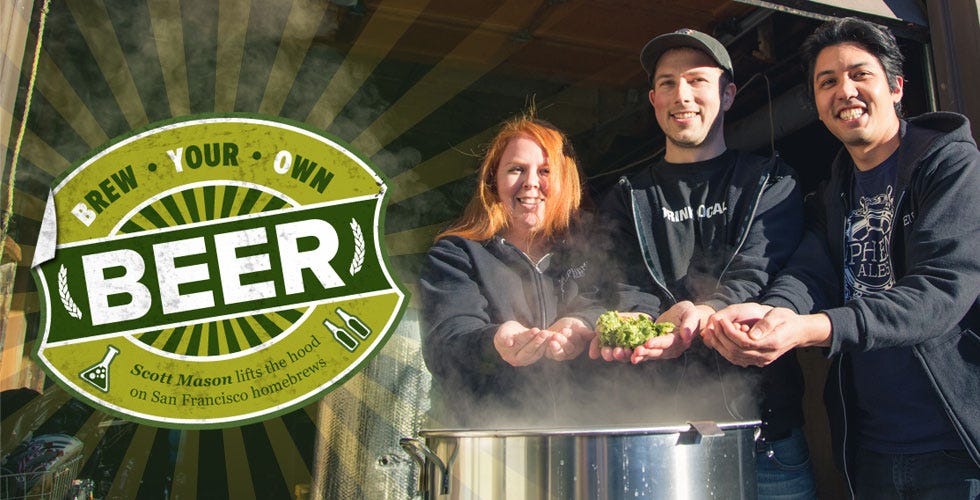

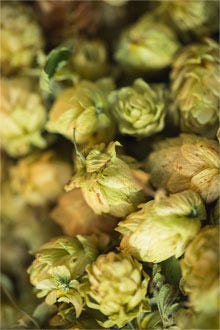

our bay-wide bacchanal, offers San Franciscans some of the most sought-after beers around. However, there is a category of off-market varieties emanating from the underbelly of the brewing world that beckons my attention, and I’ve taken it upon myself to investigate this clandestine community.
This elusive style is wildly popular among beer lovers yet cloaked from wide-scale public enjoyment. It’s not Westvleteren 12, the Trappist beer that has — in its 175-year history — only recently become available outside the Belgian monastery where it’s brewed. Nor is it my father’s carefully guarded and untapped 1970’s beer can collection of Pittsburgh Brewing Company’s Olde Frothingslosh (which features Fatima Yechbergh, the 300-lb. fictional winner of a make-believe beauty contest). No . . . for this beer I had to lay in wait, eavesdropping at a Mission bar among the whispering bearers of the secret trove that I desired.
I’m speaking, of course, about homebrewers who have been making beer for centuries — first in caverns, then taverns, and now in open garages where you’ll still find them stirring up a steaming kettle of wort. In San Francisco, their samplings are (mostly) exceptional.
You can’t buy homebrews, but these beers are as locally available as the neighborhoods you’ll find them in. Since these crafters lack a license to sell their libations, you’ll have to become their friend to partake in a pint which is precisely what I’ve been doing for the past three months. Fortunately, homebrewers are a pretty friendly lot and I had no trouble buddying up with a few, and you shouldn’t have any trouble either. To help kick-start the relationship, here’s an introduction to some of my homebrewing pals:





BREWING SYSTEM:
A 20-gallon pot on a handcrafted brew sculpture that a local friend and artisan made.
Ferment in a temperature-regulated chamber that can hold up to 80 gallons of beer.

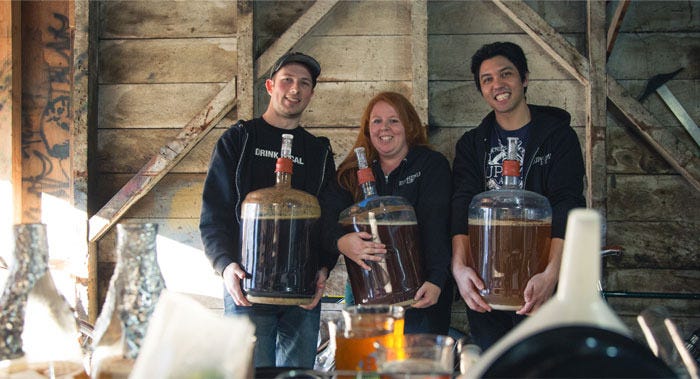
“Every time we brew beer, 35–40 percent of the people who stop in to investigate are either homebrewers or have just bought their first kit. The rest are just interested in what the heck we are making,” says Ian. “It’s amazing that in a city where most people can walk right by a naked guy without a second glance, that they ask us what we’re doing.”
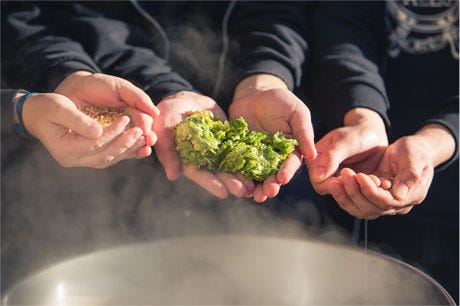
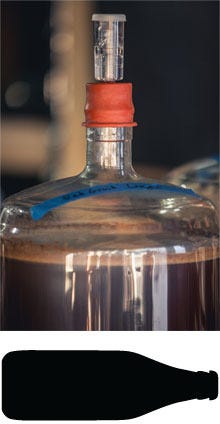


BREWING SYSTEM:
Started brewing partial mash recipes in a lobster pot on their kitchen stove (incidentally,
the first gift received from their wedding registry). Now it’s a 20-gallon all-grain tippy
dump system from MoreBeer.



“The first beer I ever made actually exploded in our kitchen while fermenting, and the hops made it all the way across the kitchen and landed all over our pet rabbit,” says Richard. “However, our neighbors soon became impressed with our beer and our home has become an integral part of our local community.”

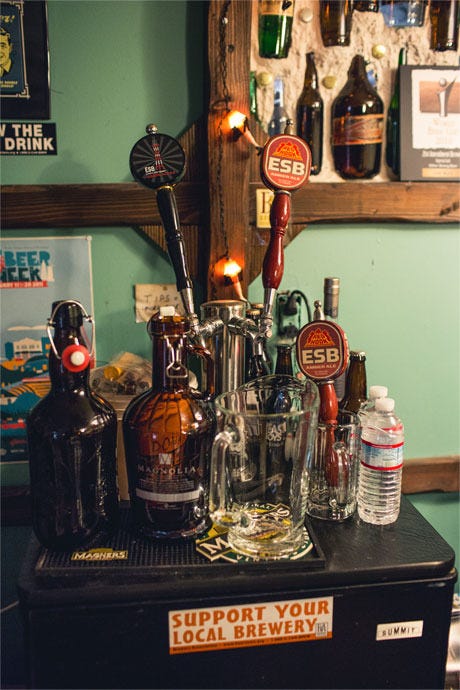


BREWING SYSTEM:
Started extract brewing on a five-gallon stovetop then moved up to a
10-gallon all-grain infusion system.


“We have decided to NEVER brew another English bitter because something usually breaks; namely, one of the brewers — first bitter: broken hand; second bitter: broken knee; third bitter: shoulder tendinitis,” says Mickey.
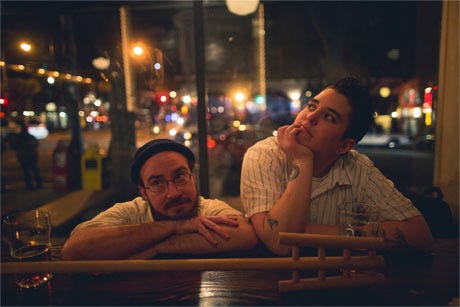

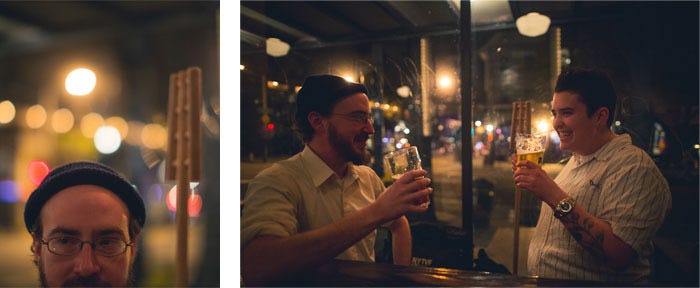


BREWING SYSTEM:
A 10-gallon gravity feed system incorporating two modified 15-gallon kegs
as HLT (hot liquor tank) and boil kettle and an igloo for mashing.

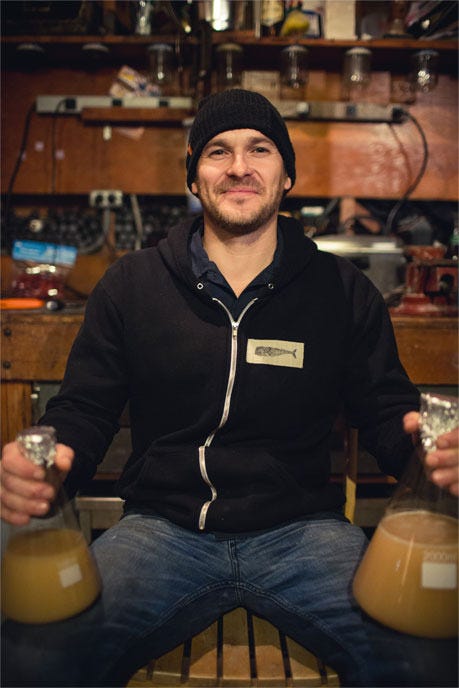

“I would like to open a small brewery on premise, almost like an extension of my garage, rather than a business,” says Ross. “I never want to lose sight of what I love about brewing and that is to be close to the people enjoying my beer.”
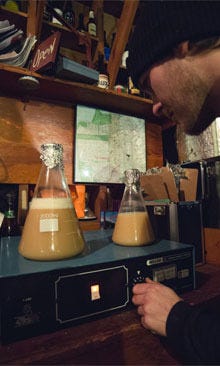



BREWING SYSTEM:
A single-tier, three-burner brewing system, which moves the water/ wort
between 16-gallon kettles through a pump-fed system.

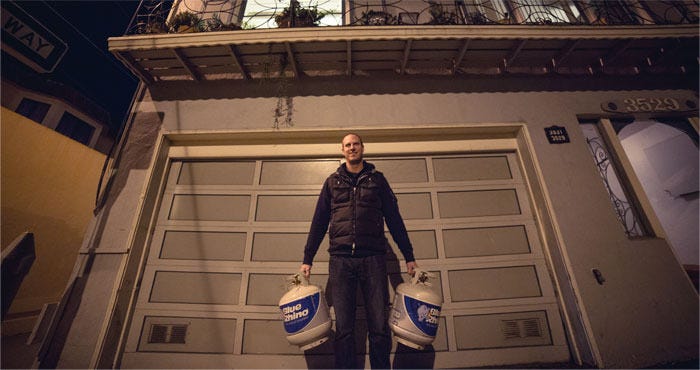
“If there is one thing that I can guarantee, it’s that having copious amounts of ‘free’ beer around your house will absolutely enhance your social life,” says Aaron. “I’m working on a business plan with a friend and restaurant entrepreneur. We are envisioning a small taproom and production brewery from which I can offer my beers to beyond just my growing circle of friends.”


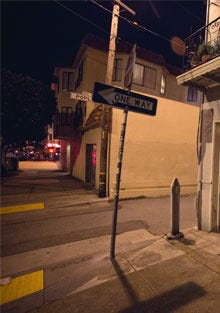


BREWING SYSTEM:
A 15.5 gallon Budweiser keg fashioned into a brew kettle (aka Keggle) by cutting off the
top, punching holes, and having some sanitary welds done, in addition to a 70-quart
Coleman Xtreme cooler converted into a mash tun and using the batch-sparge method.

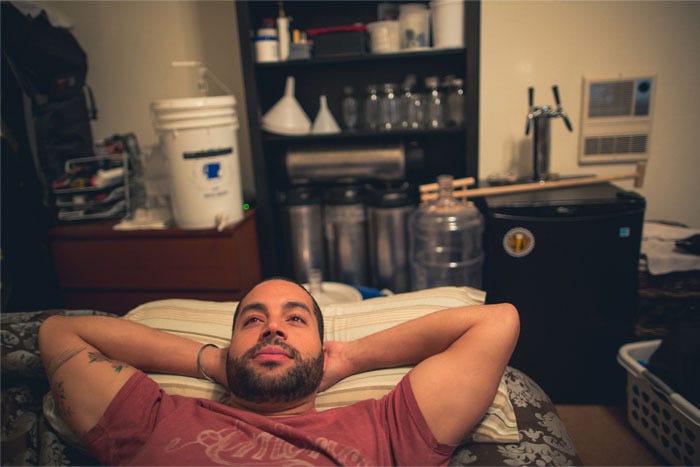
“Brewing in San Francisco has its challenges, namely the lack of square footage and the cost of living,” says Terence, “but on the other side, it hosts one of the most evolved beer scenes one could ask for. Besides sending my beers in to be judged by BJCP certified judges, it is always nice to share beer with fellow craft beer enthusiasts and take in their feedback.”





BREWING SYSTEM:
Three 10-gallon all-grain rigs, all of which use a pretty basic combination of propane
burners, 15-gallon keggles, Rubbermaid coolers for mashing, high-temp brewing pumps,
and immersion or counterflow chillers.


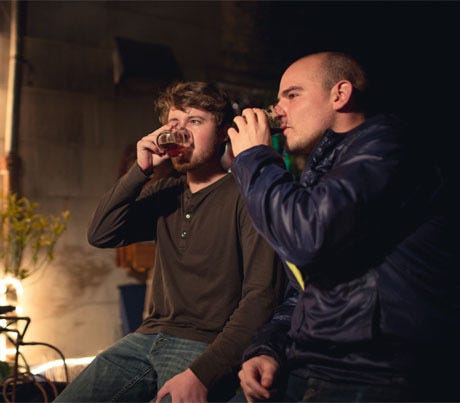
“To clarify, we’re actually a homebrewers’ collective with about 30 active members,” says Sam. “Homebrewing brings together an incredible mix of passionate people –engineers, foodies, biologists, booze hounds and so as BrewLab has grown, we’ve suddenly found ourselves in the midst of a fantastic community.”



If you’re unable to capture one of these homebrewers to lead you to their kettle of beer,
fear not, you’re sure to find some hanging out during one of many events for SF Beer Week
(including Speakeasy’s homebrewing demo on Feb. 15). And don’t miss The Bold Italic’s collection of one-of-a-kind beer-related products, Get Loaded.
Check out this video and more local Bay Area brewers in the awesome new video series Brew-Age.






